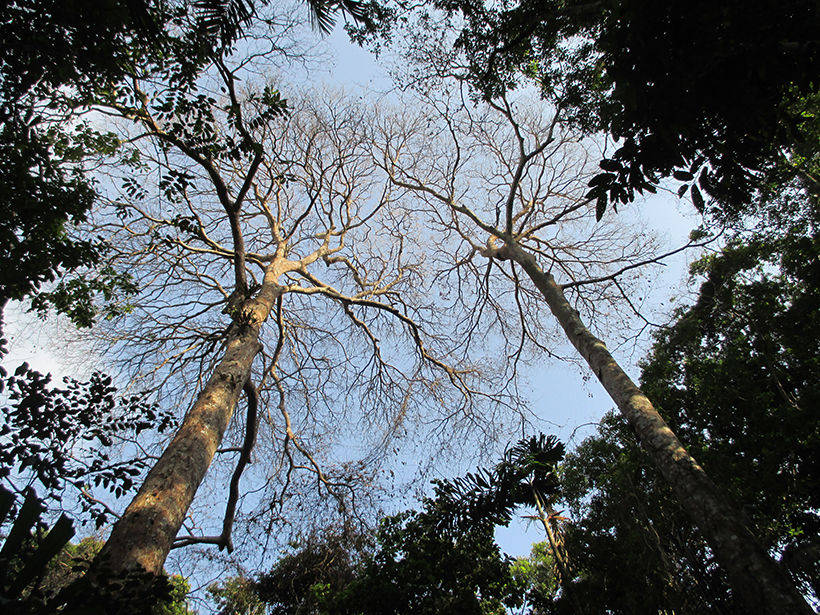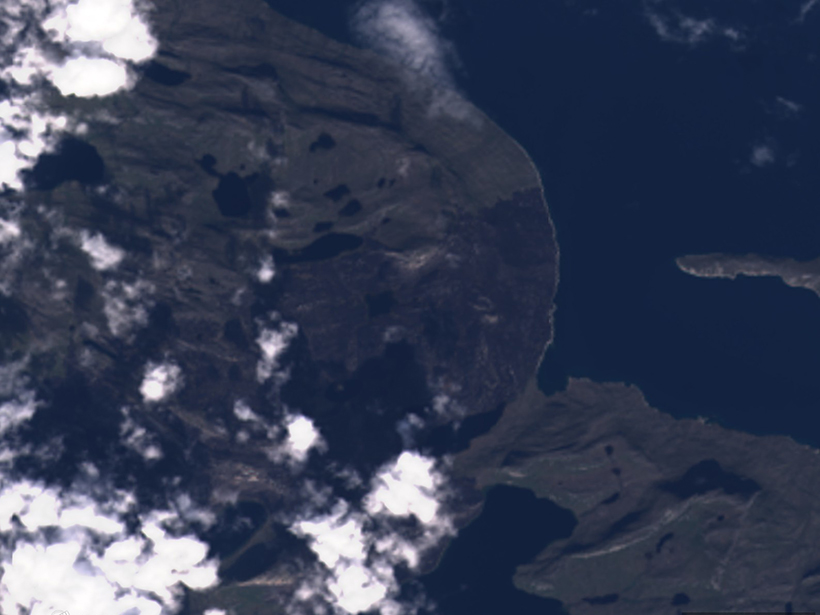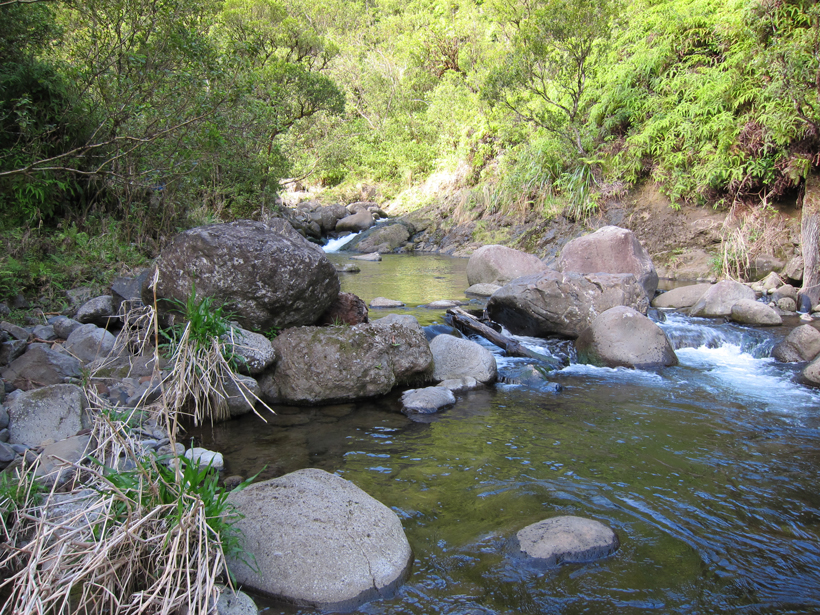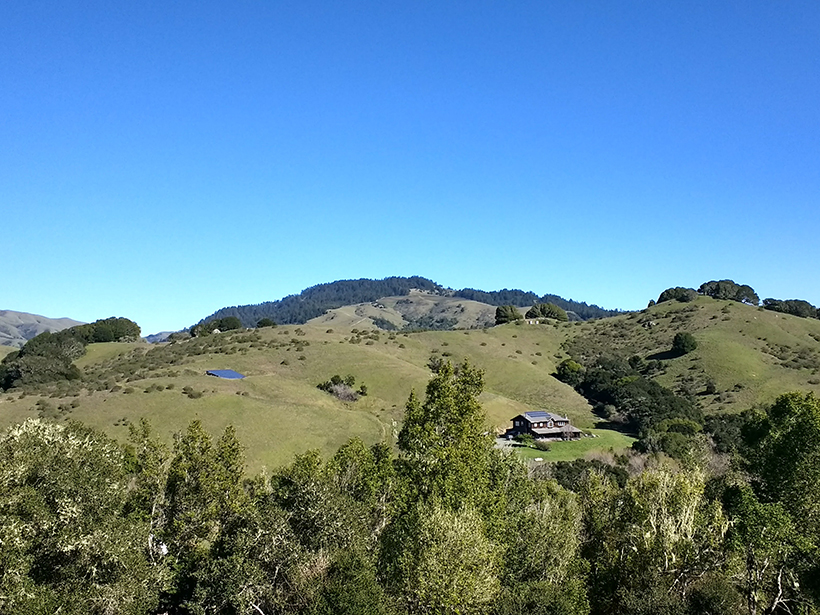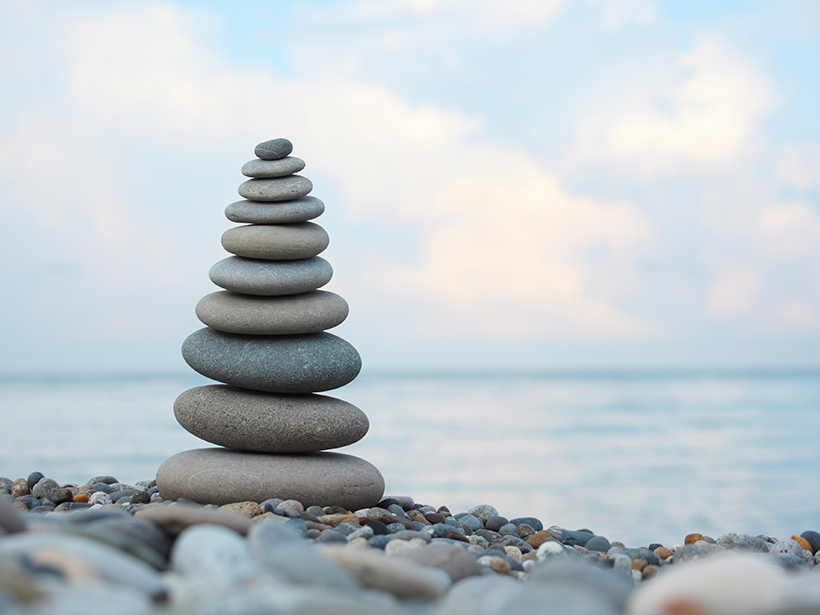On Barro Colorado Island in the Panama Canal, scientists map lightning strikes and find that they kill mainly the loftiest trees, likely disturbing the forest ecology.
CC BY-NC-ND 2017
The Legacy of the 1992 Nicaragua Tsunami
A powerful tsunami struck Nicaragua’s Pacific coast 25 years ago. In its wake emerged the first coordinated collaboration among international tsunami scientists.
New Findings from Old Data
Recalibrated and reanalyzed data from the Voyager flybys of Jupiter 40 years ago, presented in a series of papers in JGR: Space Physics, show the value of archival data.
Detecting Gas Leaks with Autonomous Underwater Vehicles
A Norwegian team develops an improved, cost-effective method to detect chemical discharges under the sea.
Southern Greenland Wildfire Extinguished
Scientists are still investigating the cause, fuel source, and overall impact of the weeks-long blaze.
White House R&D Priorities Differ from Its Budget Requests
The administration’s top R&D priority areas are American military superiority, security, prosperity, energy dominance, and health.
Grant Will Advance Standards Promoting Open, High-Quality Data
Ensuring that data in the Earth and space sciences are findable, accessible, interoperable, and reusable (FAIR) lies at the heart of a new project funded by the Laura and John Arnold Foundation.
What Controls the Shape of Steep Mountain Streams?
The shape of steep river streams changes systematically with channel slope, but field data and theoretical analysis reveal that slope is not the sole factor in setting a channel’s form.
A New Platform for Managing Soil Carbon and Soil Health
International Soil Carbon Network Workshop; Stanford, California, 27 February to 3 March 2017

